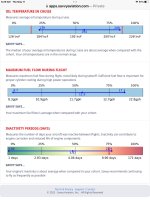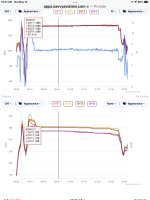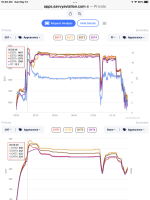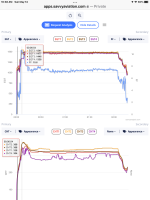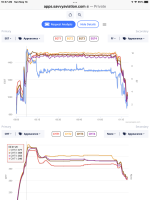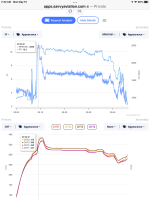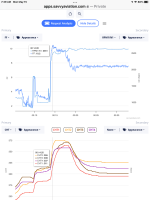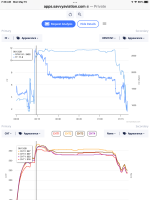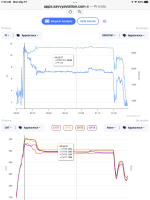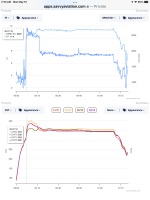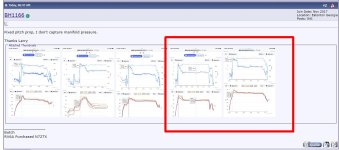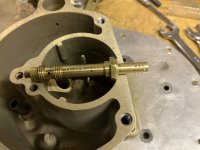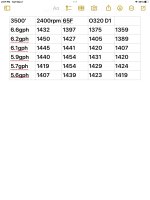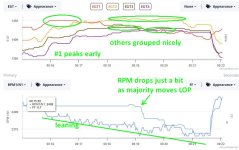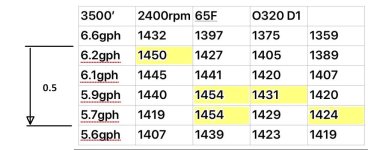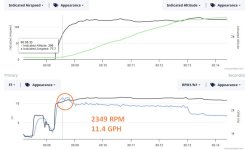BH1166
Well Known Member
Would increasing fuel flow by drilling/ changing jets for larger orifice have any negative impact on my ability to lean to same fuel flow before drilling/ changing.
MA4SPA 10-5217 carburetor on FP O320 D1A 6A
Seems my GRT EIS measurements at takeoff show low flow compared to others with same engine / RV . As things are, CHT and EGT #1 #2 get a bit high 400+ / 1500+. Pulling back on throttle very little has an immediate reaction … lowering both.
MA4SPA 10-5217 carburetor on FP O320 D1A 6A
Seems my GRT EIS measurements at takeoff show low flow compared to others with same engine / RV . As things are, CHT and EGT #1 #2 get a bit high 400+ / 1500+. Pulling back on throttle very little has an immediate reaction … lowering both.



